Bagong House, Wuhan - Geschiedenis en locatie

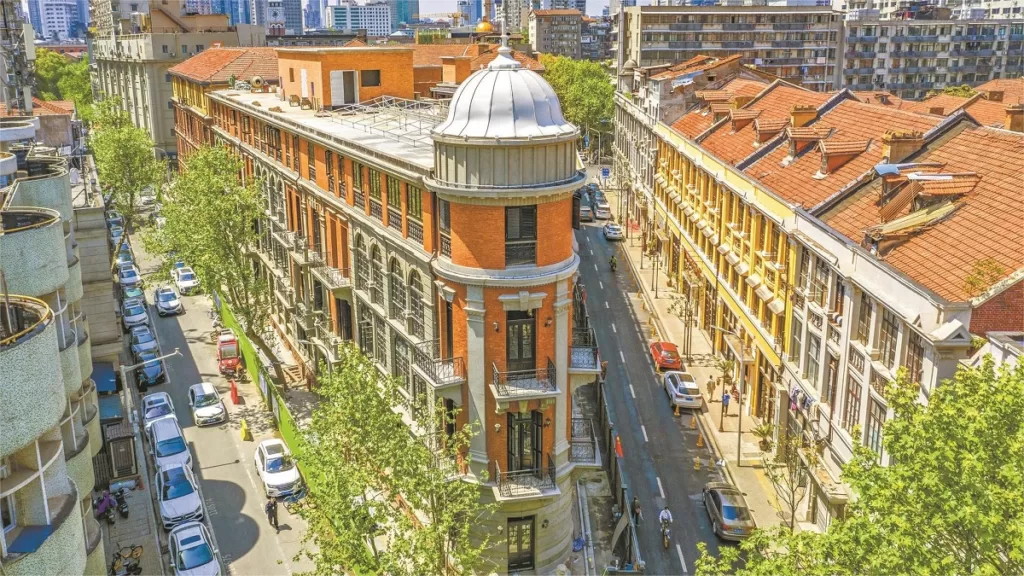
Bagong House (巴公房子) stands as an architectural gem in Wuhan, specifically in the Jiang’an District on Poyang Street. This Russian-style mansion, completed in 1910, bears witness to a fascinating chapter in the city’s history, with its roots intertwined with the aristocracy of Imperial Russia. Owned by the Banov brothers, “Big Bagong” J.K. Banov and “Little Bagong” Zino Banov, the mansion spans nearly 5,000 square meters, soaring to a height of five floors and boasting a total of 220 rooms. Its distinctive architecture includes the “Big Bagong” and “Little Bagong” sections, connected by a triangular courtyard. The exterior is adorned with red brick walls, while the interior features wooden floors, wooden wainscoting, and fireplaces for heating.
Locatie en vervoer
Bagong House is situated at 86 Poyang Street, in the heart of Jiang’an District in Wuhan, Hubei Province, China. Nestled between Li Huangpi Road and Jianghan Pedestrian Street, this historic mansion stands as a witness to a bygone era, marking the intersection of culture, commerce, and architectural elegance.
To get there, tourists can take bus 313 and get off at Poyang Street Lanling Road Stop (鄱阳街兰陵路站).
A Russian Noble’s Haven in Wuhan
The Banov brothers, hailing from Russia and relatives of Tsar Nicholas I, brought their aristocratic heritage to the banks of the Yangtze River. J.K. Banov, also known as “Big Bagong,” arrived in Hankou (now part of Wuhan) in 1869 and soon secured a prominent position with the New Tai Company. In 1874, Banov, along with influential Britons and Russians in Hankou, co-founded Fuchang Foreign Firm, where he assumed the role of joint manager. In 1896, when the Russian Concession was established, Banov was elected as the executive director of the Municipal Council (board of directors) of the Russian Concession.
In addition to his business ventures, J.K. Banov served as the Russian Consul in Hankou before the opening of the Russian Concession. Despite Fuchang’s later start compared to Shunfeng, another significant tea firm in the region, Banov’s business eventually surpassed its counterparts. The Banov brothers collectively spent 52 years (1869–1921) in Hankou, leaving an indelible mark on the city.
Innovations and Industrial Impact
In 1890, Zino Banov, or “Little Bagong,” showcased his engineering prowess by designing a steam pressure tea machine for Fuchang Brick Tea Factory. This innovation replaced manual labor with mechanized processes, significantly enhancing the efficiency of tea processing. The impact was profound, and many other tea factories in the region followed suit.
“Big Bagong” J.K. Banov, recognized as a proficient sinologist, communicated fluently in Chinese and personally engaged with the local Chinese community. In addition to overseeing the tea trade through compradors, Banov imported Russian engineering and technical personnel to work at Fuchang. Meanwhile, Zino Banov, in his role as an engineering technician, contributed to the development of the Hankou Fuchang Tea Factory.
At its peak, Fuchang Tea Factory produced hundreds of thousands of boxes of brick tea annually, shipping them to Siberia in Russia, as well as regions in Xinjiang, Mongolia, and mainland Europe. The company established a vast marketing network with its headquarters in Hankou and branches in Shanghai, Tianjin, Jiujiang, Fuzhou, Sri Lanka, Vladivostok, Odessa, Saint Petersburg, and Chita. To facilitate water transport, warehouses and shipping yards were established at the Three Concessions (now Hankou 19th Wharf) in the British Concession.
Challenges and Transformation
The year 1917 marked a turning point as the October Revolution unfolded in Russia, bringing an end to Tsarist rule. The tea trade between China and Russia, dominated by Russian merchants, faced restrictions, leading to a gradual decline. In 1917, both Shunfeng and Fuchang Brick Tea Factory ceased operations. The New Tai Brick Tea Factory, after enduring for several years, was eventually leased to British merchants in 1932, rebranded as Pacific Brick Tea.
Bagong House, with its Russian-inspired architecture, not only serves as a physical testament to the Banov brothers’ legacy but also encapsulates an era of flourishing tea trade between China and Imperial Russia. Today, it stands as a historical landmark, echoing the stories of entrepreneurship, innovation, and cultural exchange that unfolded within its walls.
Attractions near Bagong House
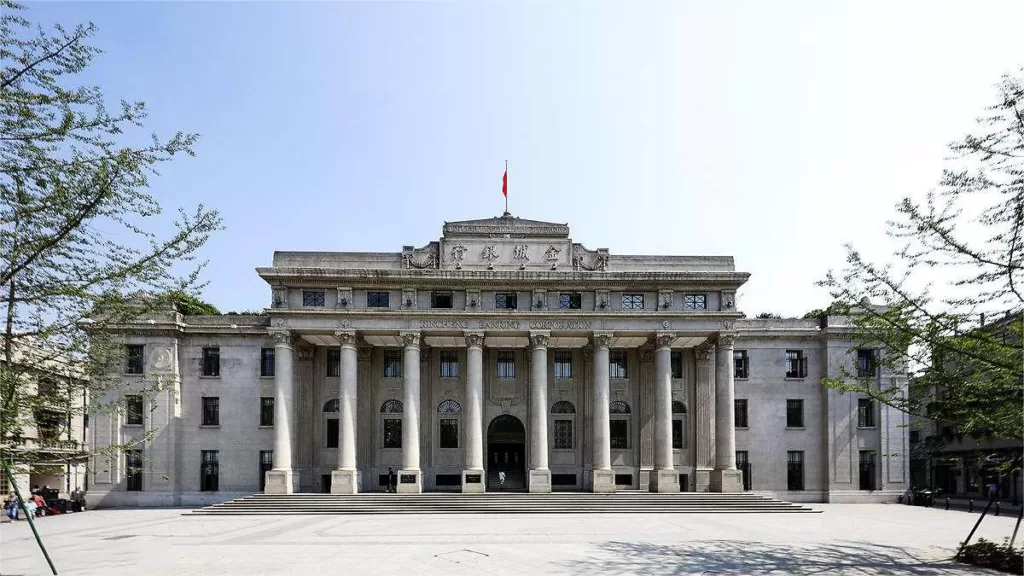
Wuhan Art Museum - Laat meer dan 1000 kunstwerken zien

Hankou Jiangtan Park - 7 kilometer lang
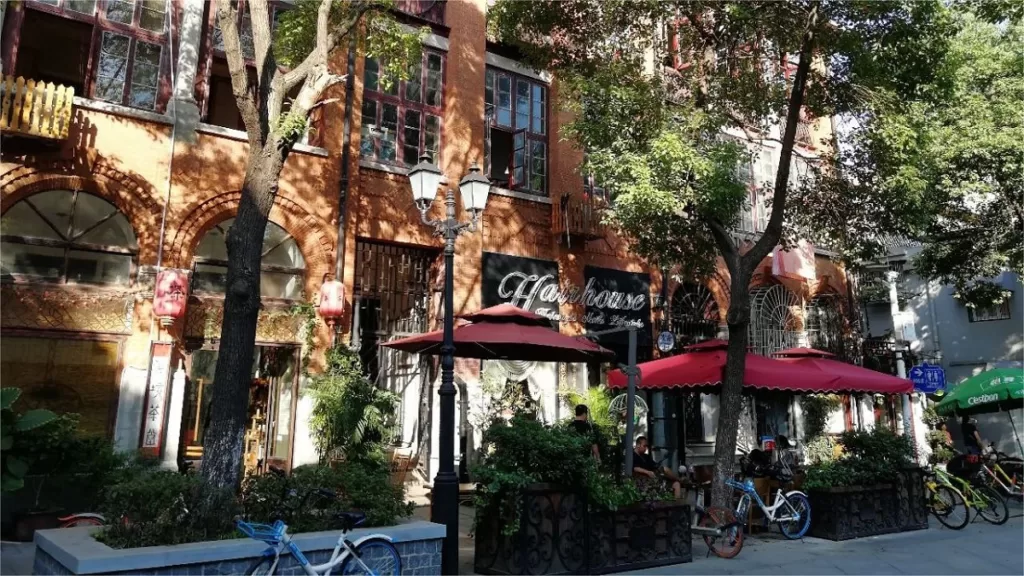
Lihuangpi Road - Een straatmuseum van historische gebouwen

Wuhan Zhongshan Park - Ter ere van Dr. Sun Yat-sen
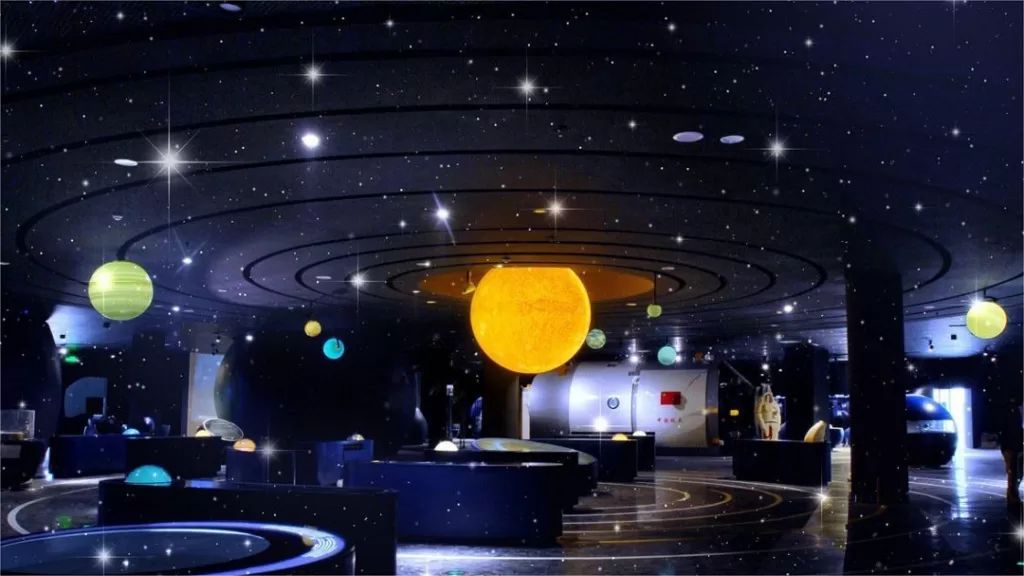
Wuhan Wetenschaps- en Technologiemuseum - Een centrum voor wetenschapsexcursie en verkenning
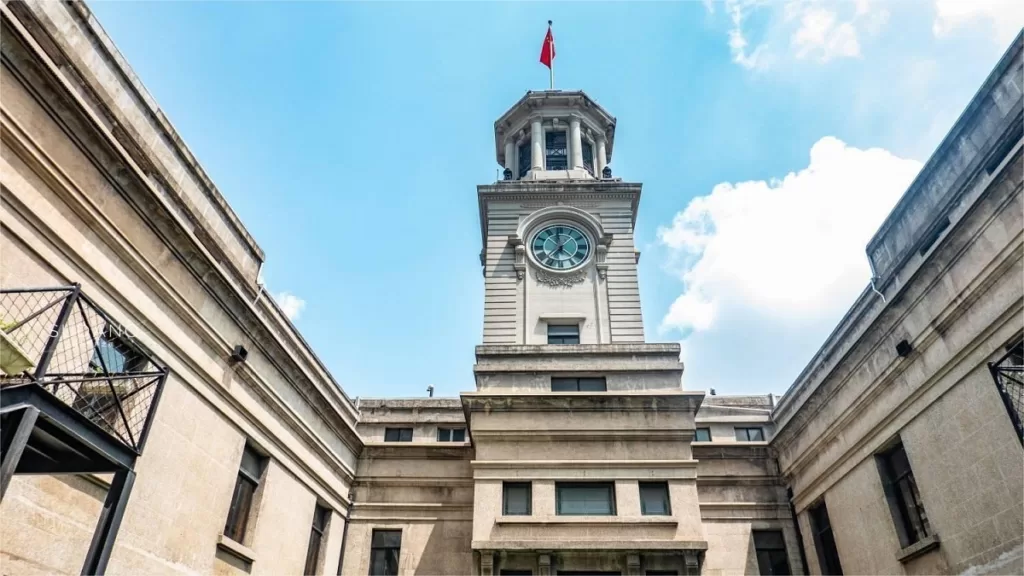
Hankow Douane Museum - Een verslag van Wuhan's handelsgeschiedenis
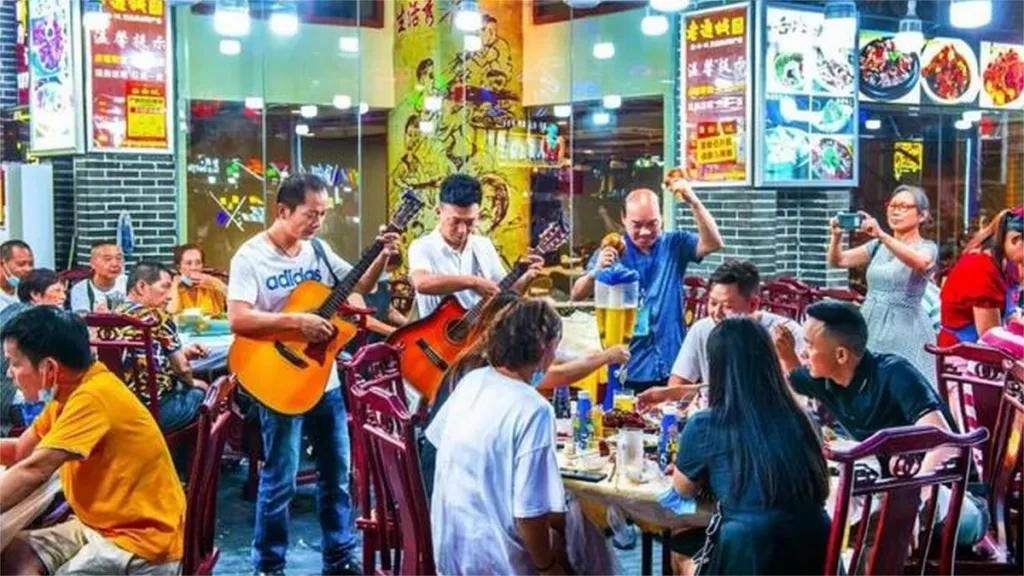
Jiqing Street - Een bekende culinaire bestemming voor laat op de avond eten
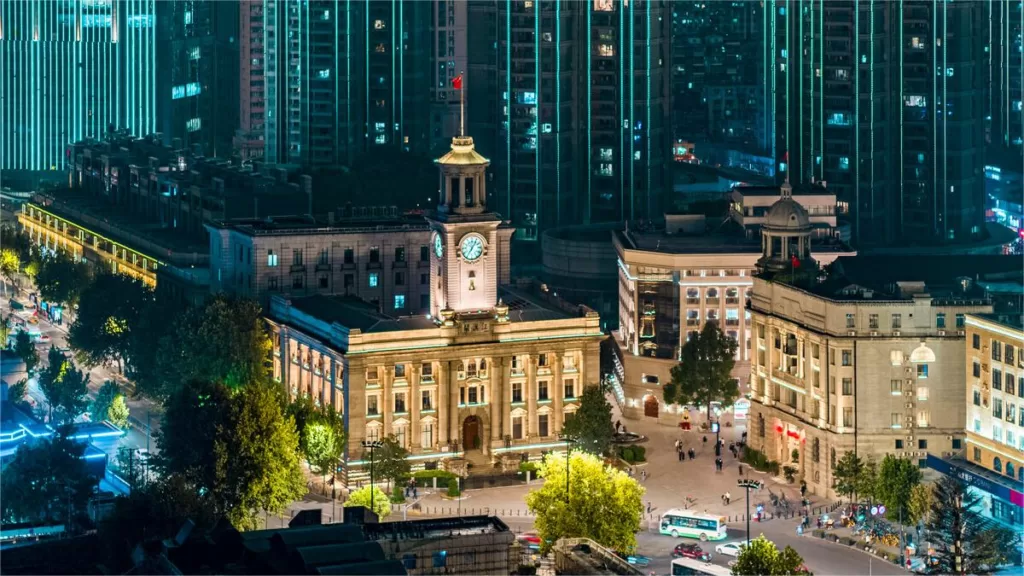
Jianghan Road - Een beroemde eeuwenoude commerciële straat
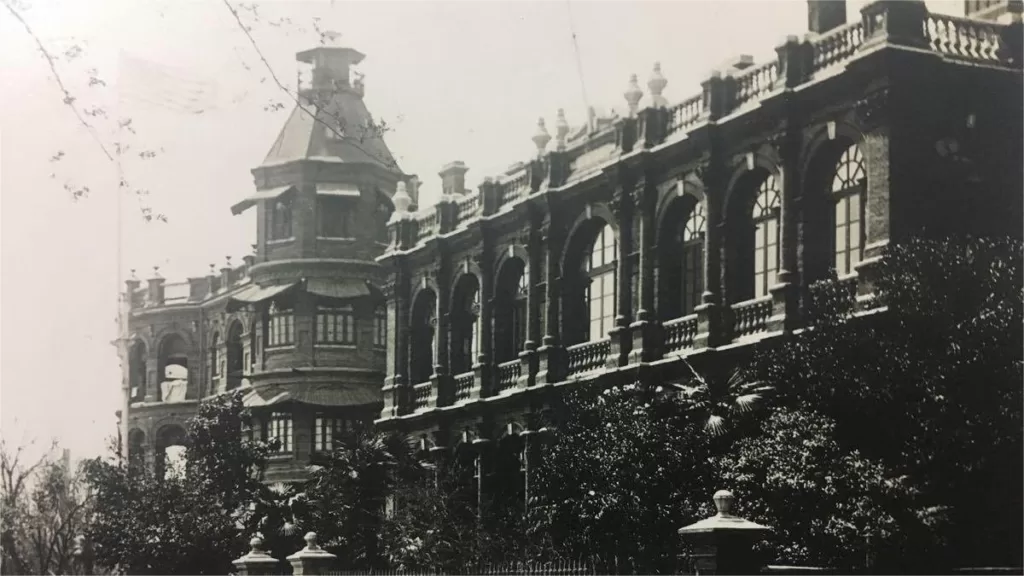
Voormalige locatie van het consulaat-generaal van de Verenigde Staten in Hankou
Historische plaatsen in Hubei, Wuhan bezienswaardigheden